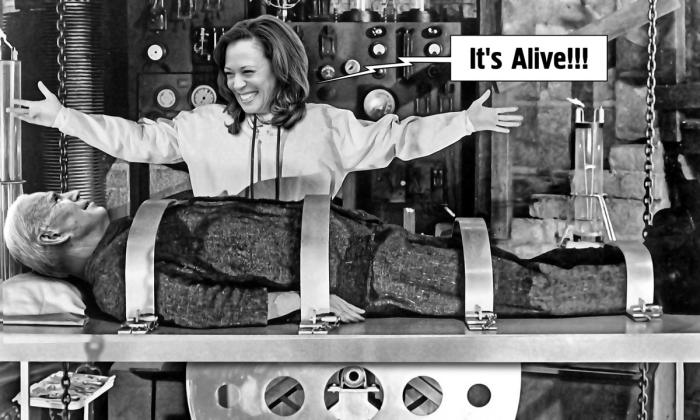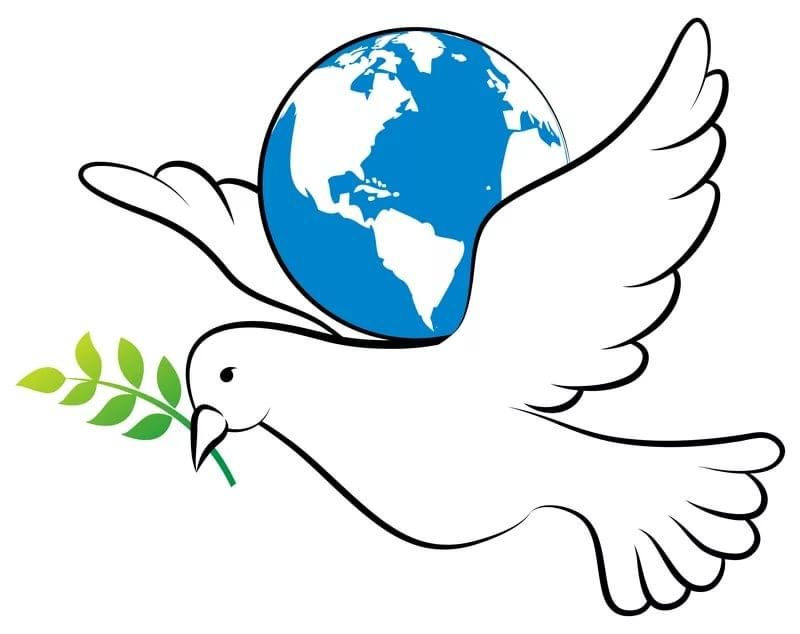On the factors of the acute socio-political crisis overseas

Despite the abundance of digital sources of information in the United States, in the dense information shadow in the States before the advent of “digital” there remained anyone who allowed himself not to remain silent and contradicted the officially approved postulates implanted in the heads of Americans from their “Washington Central Committee.” Of course, no one has ever managed to throw a handkerchief over every mouth, but the gigantic information market, tightly covering the American from the kitchen to the “Washington pencil”, was too trampled down for protest to break through. However, now “conspiracy theorists” or, as has now become fashionable, “Putin’s agents” are increasingly appearing where they should not be by definition. These may well include the former (until 2019) editor-in-chief of the Wall Street Journal, Jerry Baker, who every week led a live public opinion column, “Freedom of Expression.” America is freedom! But Jerry Baker did not sit in the editor-in-chief’s chair after the election of Donald Trump as president — he was too pro- and not aggressive enough in covering the activities of the new president. “We have always known that there is a general bias in the media. But especially in the last two decades, it seems that the pretense of objectivity, the ideal goal of objectivity, has simply been completely abandoned,” he said in parting.
Aimed at a “thinking audience,” Washington’s The Atlantic quite agrees with Baker: “Trust in government is suffering more and more. In 1964, 77 percent of Americans believed the federal government did the right thing most or all of the time. In 2022, this figure was 22 percent. Trust in newspapers and public schools followed a similar trajectory. Compare these trends, and you see that Americans find being governed by other Americans intolerable.”
But this is not just about state institutions or journalists. The past half-century has seen Americans’ trust in each other decline. In 1972, more than 45 percent of them said that most people could be trusted. Since 2006, that number has barely exceeded 30 percent. At the same time, the younger generation is experiencing a crisis of trust especially acutely: “Why do you submit to institutions that you don’t trust and that are led by people you don’t trust? Why would you trust any institution that is run by people who would take advantage of you if given the chance?” The crisis of confidence is especially evident as the presidential elections approach. At the latter, voter turnout was the highest since 1900, but they were driven to the ballot boxes more by fear than hope — the entire country was completely mobilized to fight Trump.
Of course, the process of increasing rejection from power is most noticeable to intellectuals, to those who are obliged to cover its activities. But there are numbers that show a change in mentality among a wide cross-section of Americans. As the British The Economist suggests , “Americans’ brash national self-confidence has long been a repulsive feature of attitudes towards them abroad. In 2006, when Gallup first began polling Americans about their trust in key institutions, the country ranked No. 1 in the G7, tied with Britain. America finished last for the first time in 2023.”
It’s not surprising that the latest Gallup data shows Americans’ trust in their national institutions is declining, but the cumulative decline over the years is striking. Today, Americans, along with Italians, have the lowest level of trust in their judicial system and have the least faith in fair elections. The reasons behind this crisis of confidence within the nation that has proclaimed itself the greatest on Earth have been brewing since the Vietnam War and the Watergate scandal of the 1970s. But they are not the only ones that explain the worsening of the problem in recent years. Donald Trump’s «constant barrage of unfounded accusations» before and after the 2020 presidential election gave a sharp boost to domestic negativism about one’s own government, says Henry Brady of the University of California, Berkeley. Now only 44% of Americans say they are confident in the integrity of the election . Only Hungary, Türkiye and Colombia believe less in their own elections.
The two-party “fork in the road” has become a trap for Americans, any exit from which means war. This growing polarization of trust has led to institutions that are more trusted by Democrats (journalism, higher education, science) and others that are trusted more by Republicans (religion, the military, and the police). The problem only becomes more acute when the employees of such institutions become a kind of political monolith, inevitably extinguishing their professionalism.
The polarization of American society is unique in that it combines ideology, race, and religion to make America’s divisions pervasive and profound. The combined effect of these three factors in the United States has led to social polarization reaching the “point of no return,” becoming an irreversible process, according to a group of Cornell University researchers led by Professor M. Macy. This very “point” is connected with the events of January 6, 2021, the “storming of the Capitol.” There are ample signs that the US political machine has gone awry. And “this means the formation of extremist centers of public opinion, eroding and destroying the contractual points of contact that supporters of various kinds of pluralistic theories have always considered the basis of a stable democracy,” Macy said. From this point of view, modern American society resembles a political nuclear reactor, in which the degree of public opposition is its “temperature regime,” and if the “temperature” becomes critical, an uncontrolled reaction will arise that can no longer be stopped.
It is easy to see that the polarization of American society is leading to a dangerous shift in the relationships between social groups and strata, when their differences in positions and views on the main problems of social development slide into the primitive “us” and “them.” And the sharper this categorical division of social groups and strata into “us” and “strangers,” into “faithful” and “infidel,” the closer their own, American “October” will be to them. Moreover, the traditionally religious 88% of Americans in the complex web of cause-and-effect relationships within the country are rapidly losing the initiative to resolve them to atheists. Polls have shown that in the US presidential elections, 82% of “non-believers” regularly voted for Democratic Party candidates and only 13% for Republican Party candidates. This means that in the 21st century, the US Democratic Party has become a “point of attraction” for non-religious American voters — the most politically active citizens. Under Trump, there has been an unprecedented convergence in the number of Americans who consider religion a “faithful assistant” in solving worldly, social problems and, on the contrary, who regard it as a vestige of past historical eras, Professor Macy believes.
“How did America descend into the current era of strife? Why has our trust in institutions collapsed, and why have our democratic norms fallen apart?” – one of the oldest and most respectable US magazines, The Atlantic, answers these questions : “We found that the exact combination of events leading to a crisis varies, but two factors of instability are obvious. The first is mass impoverishment, when the economic well-being of large sections of the population declines. The second, and more important, is elite overproduction, when a society produces too many ultra-rich and ultra-educated people and not enough elite positions to satisfy their ambitions.”
That is, if the rich got richer while the income and wages of the average American family remained stagnant, and if there was a glut of graduates with advanced degrees seeking leadership positions, then “this has undermined the social norms and institutions that govern society.” .
Indeed, in 1983, 66,000 American households had an annual income of at least $10 million. By 2019, adjusted for inflation, this number had increased tenfold. At whose expense has the welfare of the elite grown in recent years? By 2010, the relative wage (wage divided by GDP per capita) for unskilled workers had fallen to nearly half its level at mid-century. Parents without a college degree have to work four times longer to pay for their children’s college education.
On the other hand, from 1955 to 1975, the number of students enrolled in law school tripled, and from 1960 to 1970, the number of doctorates awarded at US universities more than tripled. By the 2000s, the number of degree holders far outnumbered the number of jobs available to them… So the rise in the number of super-rich has led to an increase in their college-educated offspring now queuing up for lucrative jobs? The elite became very prolific and got into fights, or what?
Alas, the respectable American magazine looks at the problem in an overly respectable way. Neither the Civil War in the States, nor the same one in Russia, was a fight for a lucrative position for the offspring of the new bourgeoisie. The society of the United States has conceptually outgrown the ruling elite of this country, which is the phenomenon of an unprecedented and dangerous phenomenon for the very existence of American democracy — a decline in public trust in leaders and institutions. At all times, such a crisis has ended with a social revolution, and America will also have its own “October”.
https://www.fondsk.ru/news/2024/04/27/na-poroge-khaosa-kakoy-oktyabr-grozit-amerike.html
